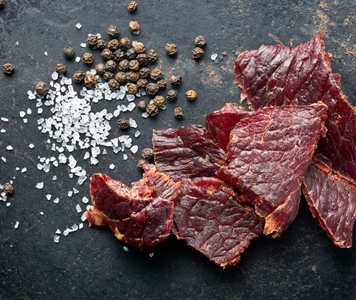
Project Summary
The Client
The client is a Canadian multinational frozen food company and the world's largest manufacturer of frozen potato products, available in over 160 countries in retail and food service.
The Challenge
The team was looking for a way to adapt a product they’d initially created for the UK market to serve the American market. They wanted to understand why initial testing of the product wasn’t resonating with US consumers, especially because it was a big hit in the UK.
The Solution
Our qualitative team worked with the client to determine if and how they should go to market in the US. Dig's qualitative team matched the innovative nature of the brand's new offering with an innovative approach to understanding the product's value proposition, using friendship dyads and co-creation methods.
The Impact
The client's research team was able to isolate elements of the proposition that resonated and didn’t resonate with relevant consumers in order to improve the likelihood of success in the US market.
The Client & Challenge
Initially, the client leveraged Dig's innovation insights platform, Upsiide, to conduct preliminary quantitative research to develop a new product line. The research forecasted that the product would be successful in the UK. And while this was a great outcome, the research also indicated that this same product wouldn't perform as well if brought to the US. While the product was the #1 pick for the UK market, in the US, it was #11.
Our client's team members wanted to understand why the product wasn't resonating with American consumers in the same way it was with Brits. Given the opportunity of the American market, understanding what needed to be optimized would help them lift and shift the product line. The team worked with Dig Insights' qualitative team to determine if and how they should go to market in the US.
The Solution
Dig's qualitative team used unique mixture of qualitative and quantiative research to assess the innovation's value proposition, price and sizing, reasons to believe and overall likelihood of success.
The solution was to conduct a series of co-creation sessions in which consumers came into Dig’s Chicago office with a close friend. Moderated by our team, these friendship duos tried out the product, giving honest feedback on the packaging, branding, taste, and key messages/claims.
The real magic of these sessions was in the friendship dyads. The sample size was smaller than a focus group because we only invited a few pairs of teens, parents, couples and roommates who were real-life friends.
The participants felt more comfortable being honest with our team because their friends were there with them. Their responses were blunt and very honest. Most importantly, because the participants had a pre-existing relationship with each other, we avoided any groupthink or artificial answers. One of the duos even got in a fight about their preferred packaging for the product! All of this to say, the fact that the participants were close friends meant that the responses were super impactful.
The Outcome
The client team left the co-creation sessions armed with actionable feedback. After they made a few changes to the packaging, naming, claims, and overall branding they slotted the idea back into an Upsiide test.
The newly optimized product performed much better with the US market, showing more interest and commitment levels. The upgraded packaging also moved up to first place in the share of choice test, making it a #1 pick for consumers.
This level of nuanced, actionable feedback can only be achieved in qualitative research. But the scale of Upsiide’s quantitative approach helped validate the findings from co-creation.



